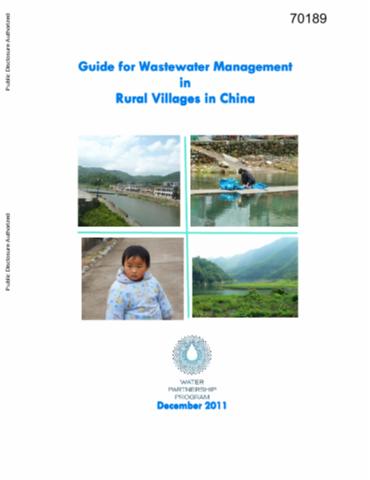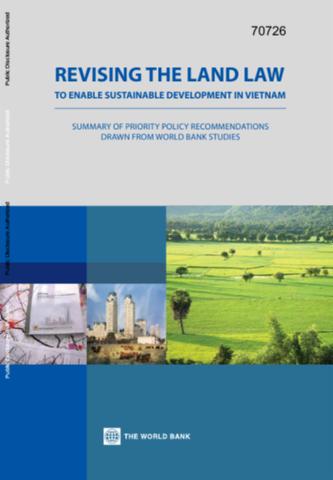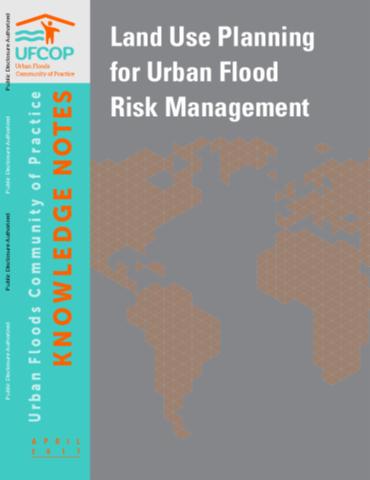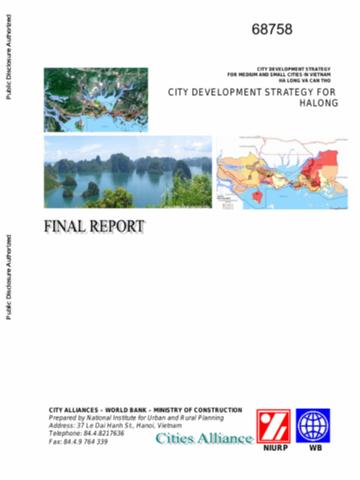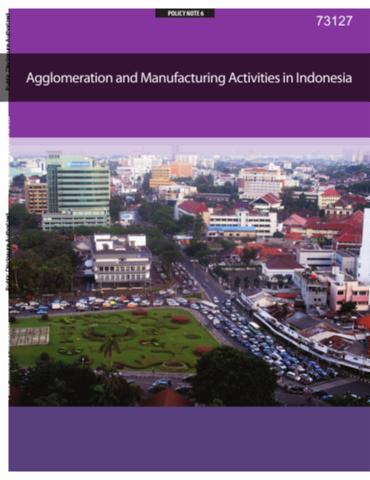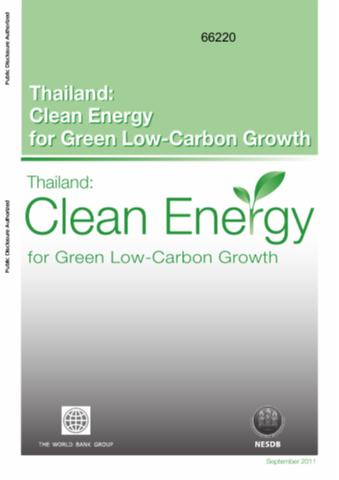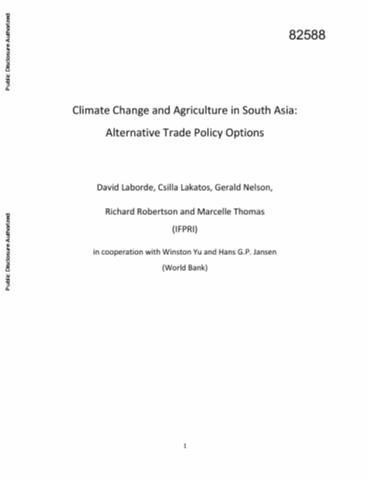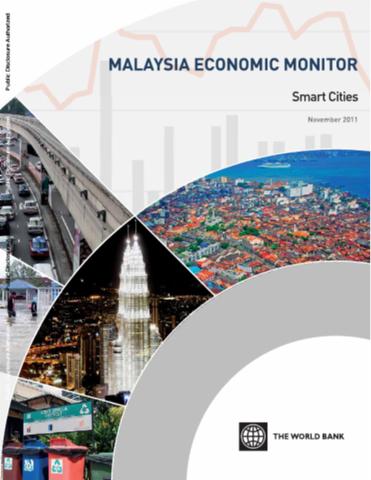Land Change Dynamics
Land change in Kigali, Rwanda, is examined using Intensity Analysis, which measures the temporal stationarity of changes among categories. Maps for 1981, 2002 and 2014 were produced that show the land categories Built, Vegetated and Other, which is composed mainly of croplands and bare surfaces. Land change accelerated from the first time interval (1981–2002) to the second time interval (2002–2014), as increased human and economic activities drove land transformation.


